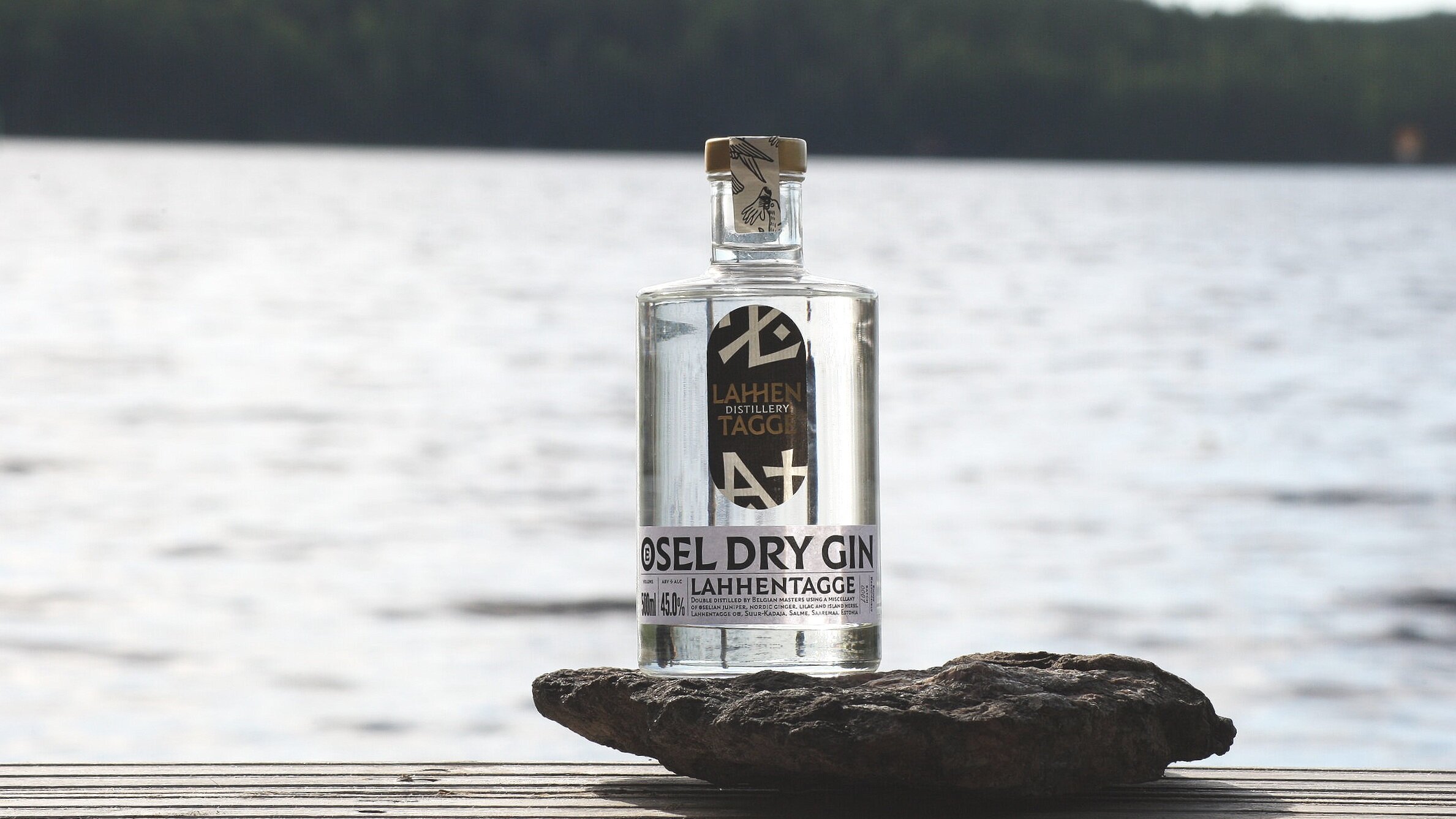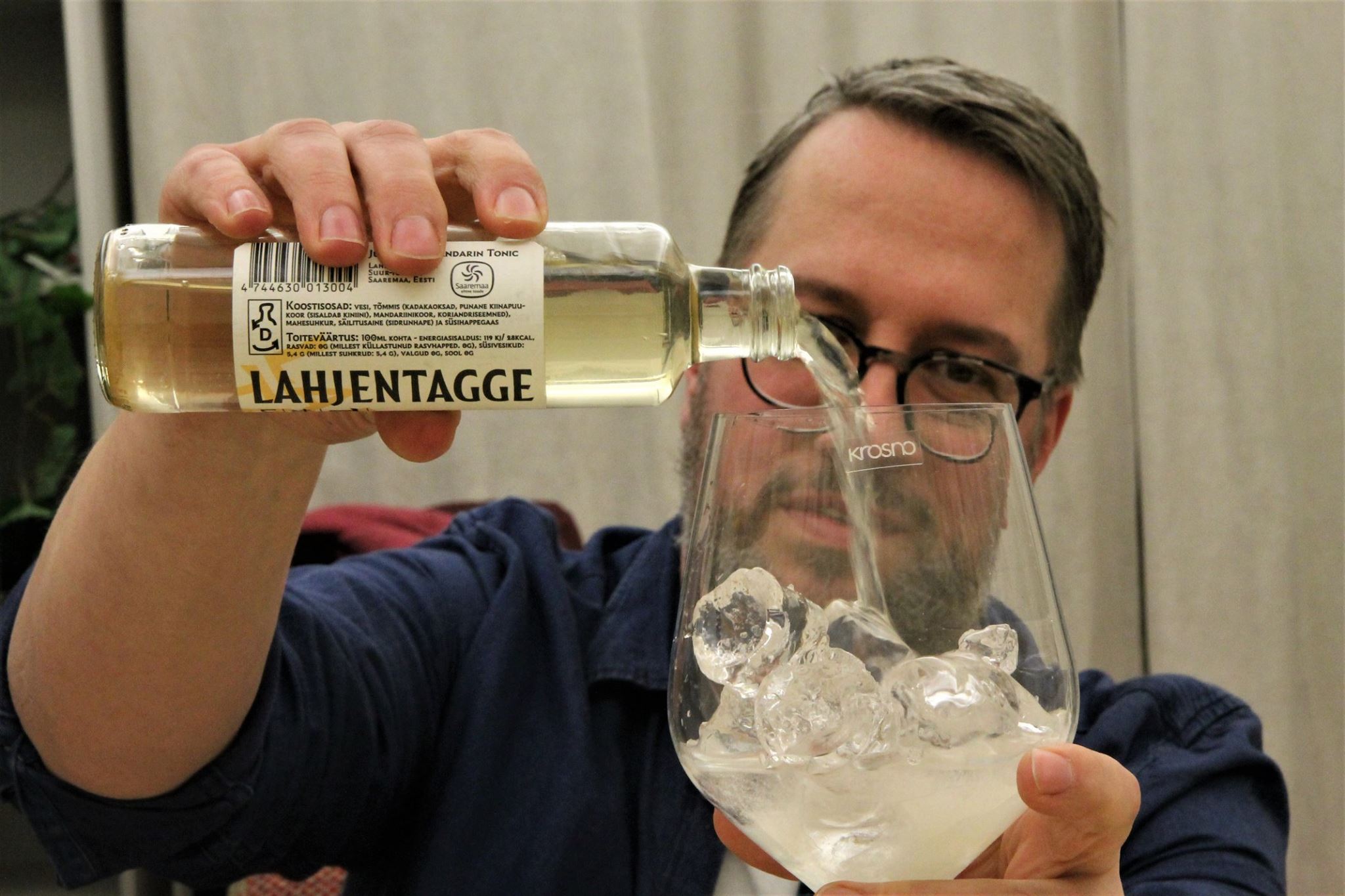Commonly known as spring’s power spirit, gin is one of the most consumed spirits in the world. An integral part of the iconic duo; gin and tonic, it is also mixed with a lot of classic cocktails. Gin has a very intriguing history, and below are ten things you probably did not know about this popular spirit.
1. Gin Originates From Holland: Even though gin is mostly identified with Britain, it actually originated from Holland. Its predecessor was known as genever, and was discovered by the Brits while fighting the Dutch in the Anglo-Dutch war of the 17th century. It can therefore be said that gin had its roots in war.
2. Dutch Courage: The term “Dutch Courage” was first used by the Brits. It was used to describe the consumption of gin by Dutch soldiers during this war. These soldiers consumed genever as a morale-booster before going on the battlefield to face the Brits. This prompted the Brits to adapt this drink as theirs.
Roots of gin are in pharmacy’s, photo from Barcelona































